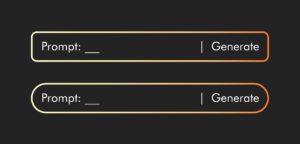
AI Prompts as Catalysts for Learning
Generative AI allows instructors to create interactive, self-directed review activities for their courses. The beauty of these activities is that unlike a traditional self-test, the instructor does not spend time setting up the questions and answers. The instructor only creates a prompt that tells the











